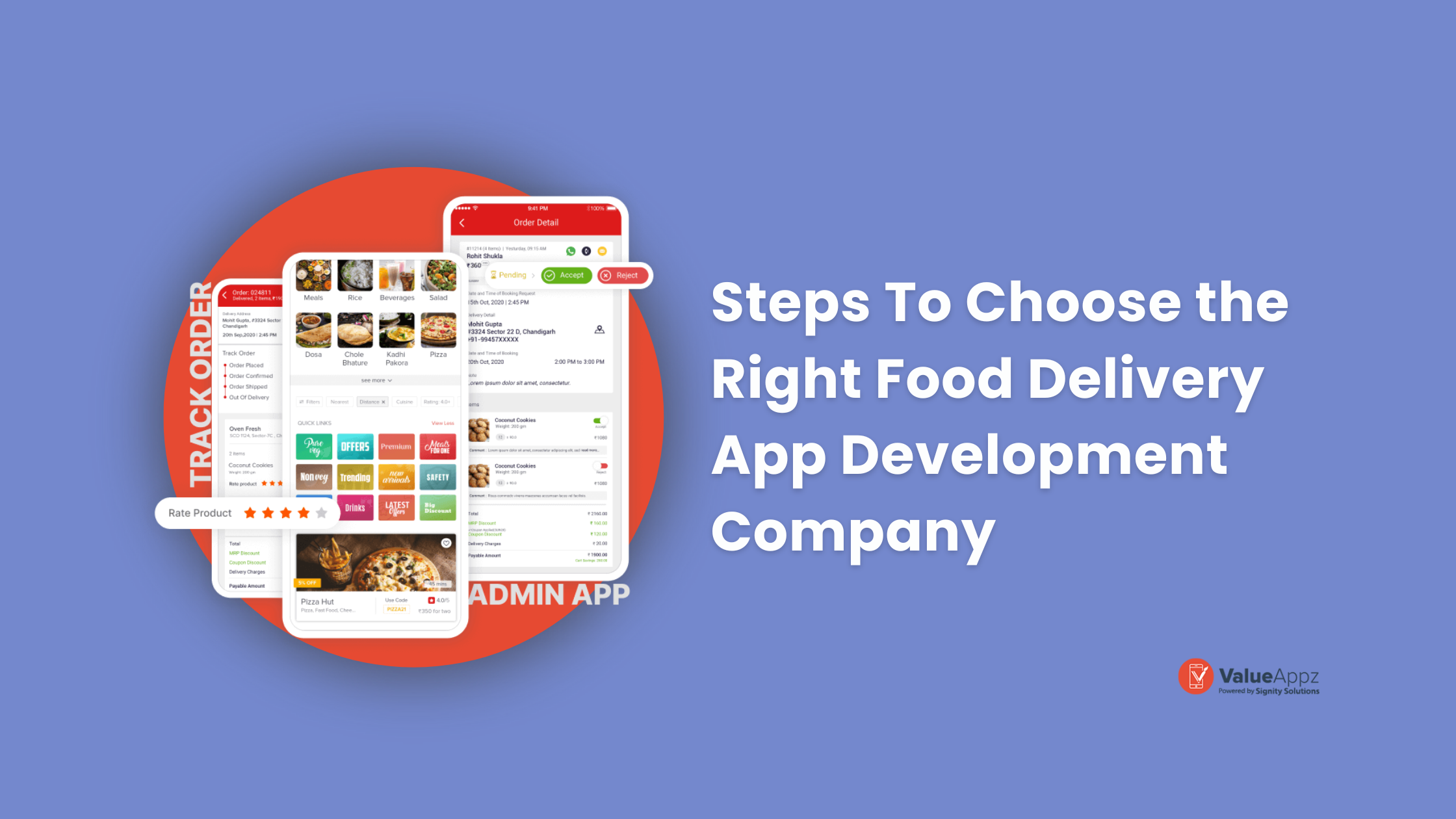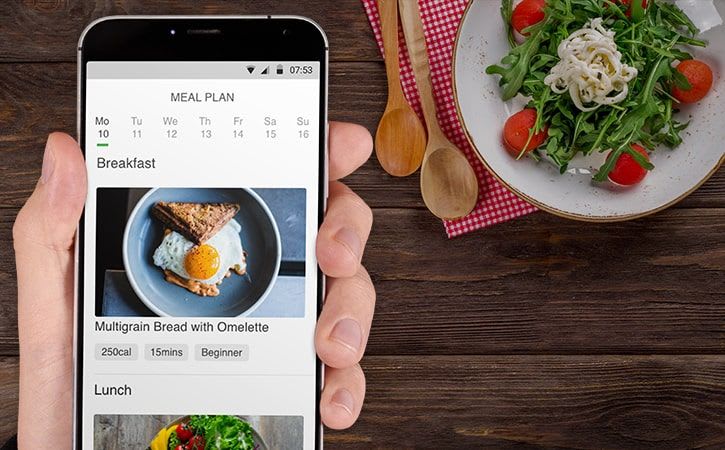Improve the Delivery Side of Your Venture With a Hyper Local Delivery App
A user’s Google search has become refined. They search on demand near me to quickly get the product or service available. It is true for all types of on-demand businesses, including food, grocery, pharmacy, etc. How does this model work?
Companies continuously search for ways to enhance their growth and profit. One such method is through the hyperlocal marketplace business model. A hyperlocal business focuses on a particular city, area, or location to enhance the growth of local companies. It is what makes delivery in 30 minutes possible.
Let’s get into the technical know-how of this model.
Features that make the hyperlocal business a success
Whatever the industry might be– food, medicine, or grocery, the hyperlocal business model has been implemented into all as it serves excellent features for its admin, vendor, and buyers.
Key features
Admin features
Vendor features
Buyer features
Auto-detection of location
Multiple shipping areas
Various locations for targeted delivery
Purchasing products from different sellers
Communication between user and business
Shipping schedule
Shipping rates based on location
Personalized search
Social sharing options
Various payment methods
Real-time order notification
Product filtration
Inventory management
Shipping rates for delivery agents
Seller profiles and ratings
Various payment methods
Delivery availability
Ratings, reviews, and feedback
Editing or deleting shipping location
On-demand pickup or delivery
Products and services reviews and ratings
Delivery radius unit and range
Order confirmation and real-time delivery tracking
Shipment scheduling
Commission, sales, and revenue
Location shifting facility
Challenges that hyperlocal business has solved
What has made hyperlocal businesses so famous, and why is everyone adapting it in their companies? This business model has successfully solved various challenges for the admin, vendors, and users. These are:
Speedy deliveries
It is the prime reason why hyperlocal businesses are so famous. From BlinkIt’s 10 minutes delivery to Domino’s 30-minute delivery, speed has reshaped these industries. Also, it is the major reason customers return to the app, as they are sure about the quick delivery.
Single-device usage
The users have got the best as they can do everything from a single device. They can search for vendors nearby, place an order, communicate with vendors and delivery drivers, and track their orders through a mobile phone.
Transparency and choosing the best
Customers can evaluate various options, compare the price, check ratings and reviews, and make the final decision. Furthermore, they get to pick from multiple stores. Hence, the hyperlocal model has provided them with complete transparency.
Visibility to local vendors
The hyperlocal business has enhanced the visibility of local vendors, whether single-retailer or aggregator centric. It has given them the opportunity to connect with potential customers and get their products and services delivered.
Reduction in efforts required for vendors
The efforts of a vendor have been reduced to the most. They do not have to take a headache in developing their own on-demand app as they get the opportunity to showcase their business and get discovered on the hyperlocal business app. Further, they do not have to worry about delivering the products.
Different hyperlocal delivery models
There isn’t just one type of hyperlocal business model; there are four. Let’s compare these below to understand how each works.
Single store model
Store-pick model
Aggregator model
Hybrid model
Suitable for
Businesses already in the market
Businesses that allow pick-up facility
Businesses that want to deliver online
Businesses that allow pick-up and online delivery
Advantage of building
More visibility to the customers
Convenient for buyers as they don’t have to wait in line
Wider reach and gaining the attention of potential clients
Works as per the need of the customer
Example
Dominos and BigBasket
Shoppers Stop and Walmart
UberEats and Zomato
Decathlon
Benefits of Investing in a Grocery Delivery Management Software
1. Streamline the processes of delivery: By automating the entire process, software for grocery delivery management aids in streamlining the delivery procedure. This helps guarantee that customers will receive their groceries on time and in top condition.
2. Customer Experience Enhancement: Customers can easily monitor the status of their orders, receive real-time notifications, and receive updates regarding their orders by utilizing grocery delivery management software. This enhances customer satisfaction and fosters loyalty.
3. Boost Performance: By making the scheduling of deliveries easier, software for grocery delivery management contributes to an increase in productivity. Additionally, it assists in determining the best delivery routes and avoiding traffic congestion.
4. Reduced Operating Costs: By automating the entire procedure, grocery delivery management software aids in lowering operational costs. The time and money spent on manual labor and human error are reduced as a result.
5. Enhanced Inventory Control: By keeping track of all of the inventory and restocking items as necessary, grocery delivery management software aids in improving inventory management. This helps make sure that every item is in stock when customers place orders.
6. Increased Safety: By encrypting and storing sensitive data on secure servers, grocery delivery management software contributes to increased security. The data are shielded from unauthorized access and theft as a result of this.
Digital Marketing Executive at Valueappz. Search Engine Optimization Specialist with several years of working experience. Skilled in SEO, SMO, Webmaster Tools (SEM & PPC), Affiliate Management System (Google Analytics) & Web Content Writing. I believe in hard work and team spirit for success.



